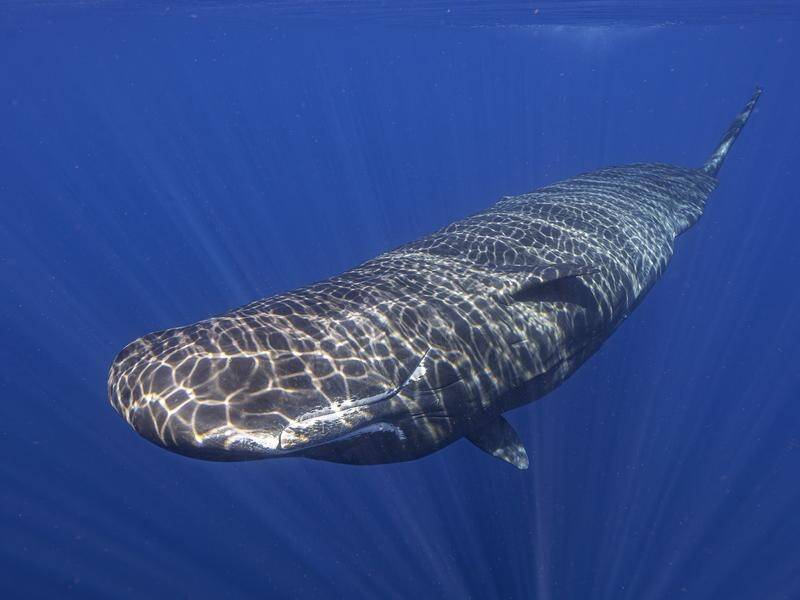
Scientists studying the sperm whales that live around the Caribbean island of Dominica have described for the first time the basic elements of how they might be talking to each other, in an effort that could one day help better protect them.
Like many whales and dolphins, sperm whales are highly social mammals and communicate by squeezing air through their respiratory systems to make strings of rapid clicks that can sound like an extremely loud zipper underwater. The clicks are also used as a form of echolocation to help them track their prey.
Scientists have been trying for decades to understand what those clicks might mean, with only minimal progress. While they still don't know, they now think there are sets of clicks they believe make up a "phonetic alphabet" that the whales can use to build the very rough equivalent of what people think of as words and phrases.
"We're now starting to find the first building blocks of whale language," said David Gruber, founder and president of the Cetacean Translation Initiative or CETI, an effort devoted to translating the communication of sperm whales.
In a study published Tuesday in the journal Nature Communications, researchers analysed more than 8700 snippets of sperm whale clicks, known as codas. They say they have found four basic components they think make up this phonetic alphabet.
Pratyusha Sharma, the paper's lead researcher, said this alphabet could then be used by the whales in an unlimited number of combinations.
"It doesn't appear that they have a fixed set of codas," said Sharma, an artificial intelligence and computer science expert at the Massachusetts Institute of Technology. "That gives the whales access to a much larger communication system," she said, explaining it was as if the whales had a very large dictionary.
Sperm whales have the biggest brains of any animal on the planet at up to nine kilograms, as much as six times the size of an average human brain.
Thy live in matriarchal groups of about 10 and sometimes meet up with hundreds or thousands of other whales. Sperm whales can grow up to 18m long and dive to nearly 1000m to hunt for squid. They sleep vertically, in groups.
Gruber, a biology professor at the City University of New York, said sperm whales seem to have sophisticated social ties and deciphering their communication systems could reveal parallels with human language and society.
To get enough examples of the sperm whale clicks in Dominica, where there is a resident population of about 200 whales, scientists created a giant underwater recording studio with microphones at different depths.
Tags on the whales also record what position they are in when clicking - for example diving, sleeping, breathing at the surface - and if there are any other whales nearby they might be communicating with.
Australian Associated Press

